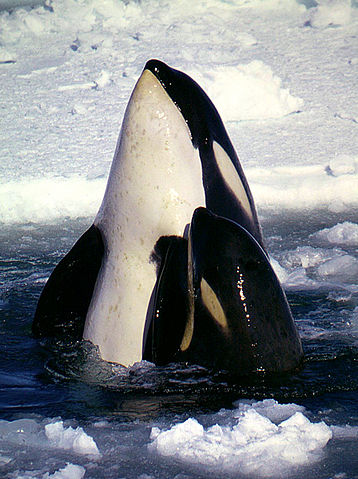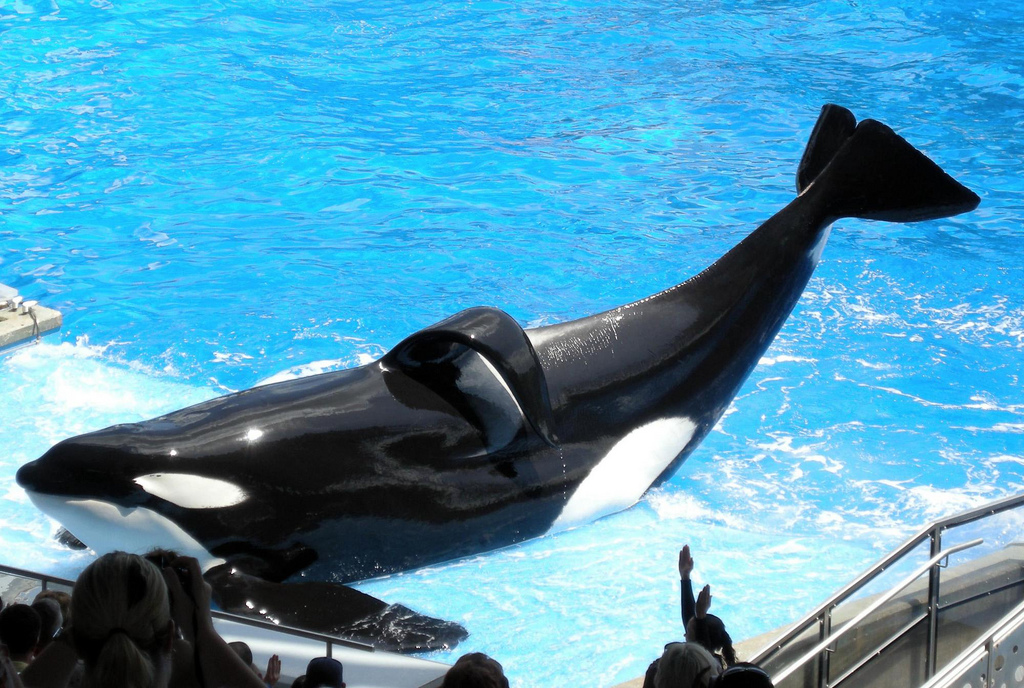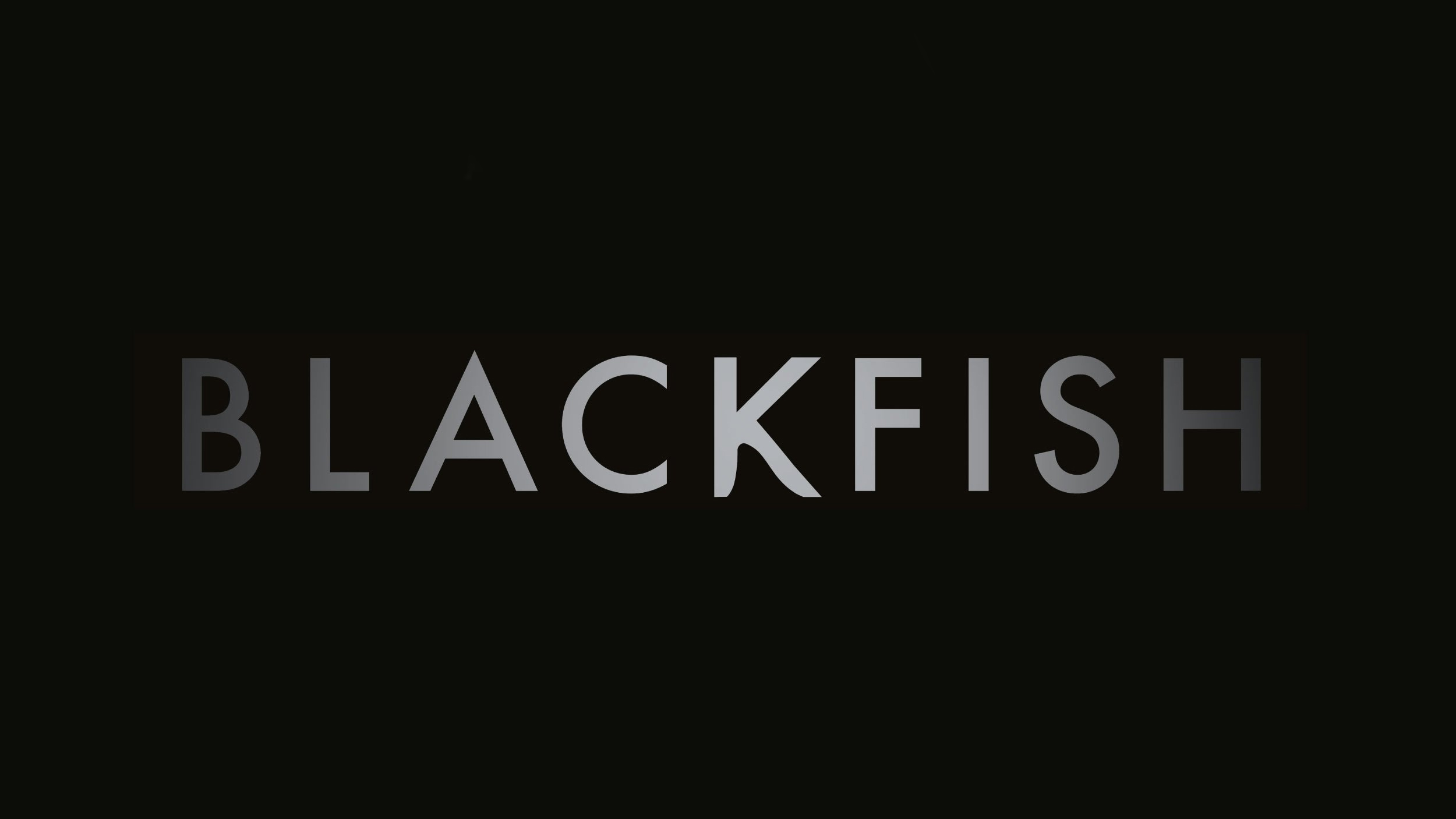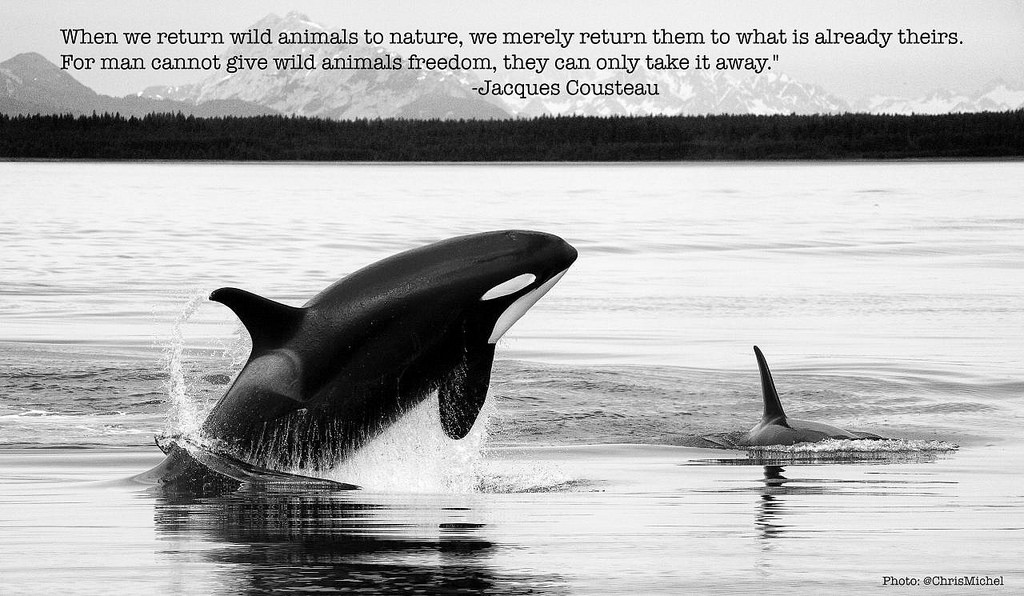THIS VICTORY IS ONLY ONE SMALL STEP TOWARDS A GLOBAL SOCIAL CHANGE.

Orcas in Captivity – The History:
- Orcas (Killer Whales) have been kept in captivity since 1961.
- They have been plucked from their families and their natural habitats – forced to live in artificial homes which are inefficient for their needs. This is proven by the curve in many of their dorsal fins due to the lack of space to swim and be free.
- “There are currently a total of 56 orcas held in captivity (23 wild-captured plus 33 captive-born) in at least 12 marine parks in 8 different countries.”
- “At least 163 orcas have died in captivity, not including 30 miscarried or still-born calves.”
Social Awareness:
The 2013 document, ‘BLACKFISH’, helps highlight the story of one orca known as Tilikum, who was held captive by the Sealand in Canada and later Orlando SeaWorld in America. His story is one of tragedy as he was under these company’s care.

At Sealand he was bullied by the other orcas, in the wild he would have been able to escape this harassment. As a training technique food was withheld from him. In the wild he would have hunted for his food in his own time and when he needed it. “The constant stress and exhaustion gave him stomach ulcers.” Also, during the parks closed hours the orcas under their care where squished into ‘tiny round metal-sided module’ until the park opened the next day. This caused him to develop aggressive tendencies which later lead to him murdering one off his trainers.
After these events Sealand shut down and Tilikum was sold to SeaWorld – who had little consideration to his violent tendencies as he was the biggest Orca in the market. Therefore, they decided to use him for their breeding programme. “Tilikum’s sperm was used to build up a collection of orcas, and now, 54 percent of SeaWorld’s orcas have his genes.” At SeaWorld he was “confined to a tank containing 0.0001 percent of the quantity of water that he would traverse in a single day in nature.”
Due to Tilikum’s stress, frustration, and confinement he went on to kill two more members of staff at SeaWorld. Following these events Tilikum was isolated in a tiny enclosure that limited his ability to swim and communicate.
Social Change:
‘BLACKFISH’ and its marketing campaign helped raise awareness due to its great public reception. It mobilised the world to use their power to help orcas in captivity, through social media and partitions.

Furthermore, due to the negative impact on SeaWorld’s image, on the 17 March 2016, they have decided to stop Orca breeding programmes and this will be the last generation of orcas to be kept in their care.
Overview:
It has been a long fight but finally we have made an impact and change for these majestic creators. Although this is a victory, there are still many parks around the world who still have orcas in captivity. Not to mention the other wild animals who do not belong in captivity.

Please carry on the good work, spread awareness and help these animals find the freedom they deserve and be treated with the respect they deserve.
Leave a Reply